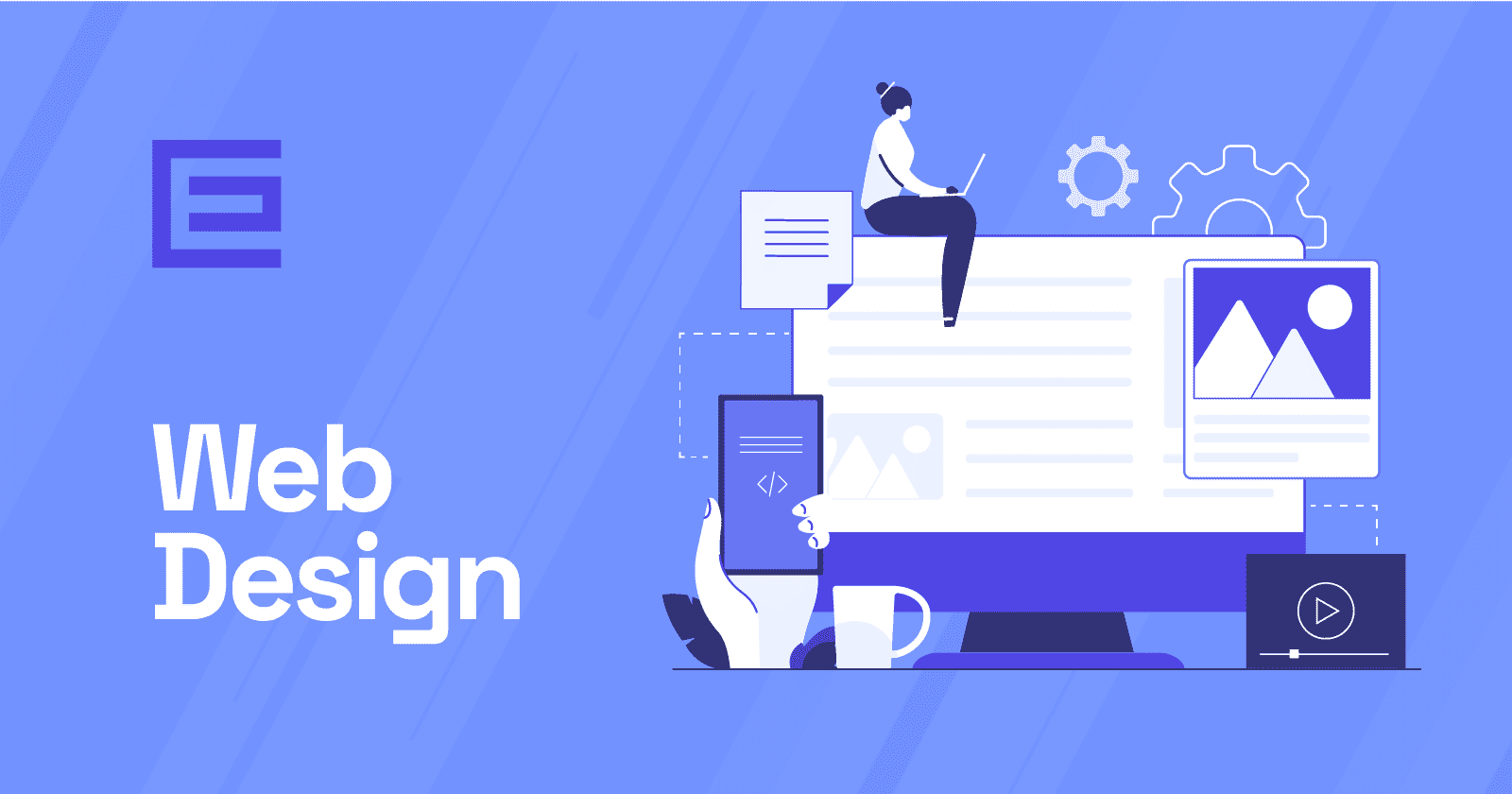20Shift: Your Daily Dose of Insight
Stay updated with the latest trends and news across various domains.
Designing for Clicks: Crafting Websites that Captivate Curiosity
Unlock the secrets to designing websites that spark curiosity and drive clicks. Transform your online presence with captivating strategies!
The Psychology of Clicks: How Design Influences User Behavior
The relationship between design and user behavior is a critical component of digital marketing strategy. Psychological principles play a significant role in how users interact with a website, and understanding these can enhance click-through rates. For instance, the Fitts's Law suggests that the closer and larger a button is, the more likely a user will click it. This insight highlights the importance of placement and size in web design. Color psychology also influences decisions; for example, red can evoke urgency while blue often conveys trust, making them powerful tools to consider when designing your site's call-to-action buttons.
Furthermore, the use of visual hierarchy is essential in guiding users to take desired actions. By positioning the most important elements prominently and utilizing contrast effectively, designers can draw attention to key areas of the page. A well-structured layout combined with compelling visuals and engaging copy can lead to higher user engagement. Elements such as whitespace are equally important, as they help to reduce cognitive load, allowing users to process information more efficiently and thereby increasing the likelihood of a click.

10 Essential Elements of Captivating Web Design
When creating a website, understanding the 10 essential elements of captivating web design is crucial for engaging your audience. Firstly, a clear navigation structure is paramount; it allows users to find the information they need effortlessly. A well-organized layout, featuring a responsive design, ensures that your website looks great on any device, improving user experience dramatically. Additionally, incorporating visual hierarchy through varying font sizes and colors can direct attention to the most important content, making it easier for users to digest information.
Furthermore, the use of high-quality images and multimedia can significantly enhance your web design, creating a more immersive experience. Consistency in color schemes and typography fosters a professional appearance, helping to build trust with your visitors. Don’t forget about the importance of call-to-action buttons; these elements should stand out and invite users to take the desired action, whether it’s signing up for a newsletter or making a purchase. Finally, optimizing your site for search engines and fast loading times will ensure that your captivating design reaches a larger audience.
Are You Losing Clicks? Common Web Design Mistakes to Avoid
If you're noticing a decline in web traffic, it might be time to re-evaluate your site's design. Common web design mistakes can significantly impact user engagement and click-through rates. One major issue is having a cluttered layout that overwhelms visitors. When users encounter too many elements fighting for attention, they can quickly become frustrated and leave your site. To avoid this, opt for a clean, organized design that prioritizes essential information, making it easy for users to navigate and find what they're looking for.
Another prevalent mistake to avoid is neglecting mobile optimization. With an increasing number of users accessing websites on their smartphones, it is crucial that your site is responsive and functions seamlessly across all devices. A poorly optimized site can lead to slow loading times and a frustrating user experience, ultimately resulting in lost clicks. Implementing a mobile-friendly design not only enhances user satisfaction but also improves your site's SEO ranking, making it easier for potential visitors to discover your content.